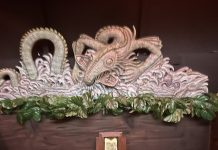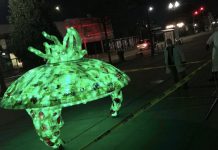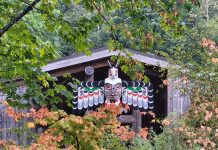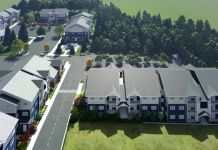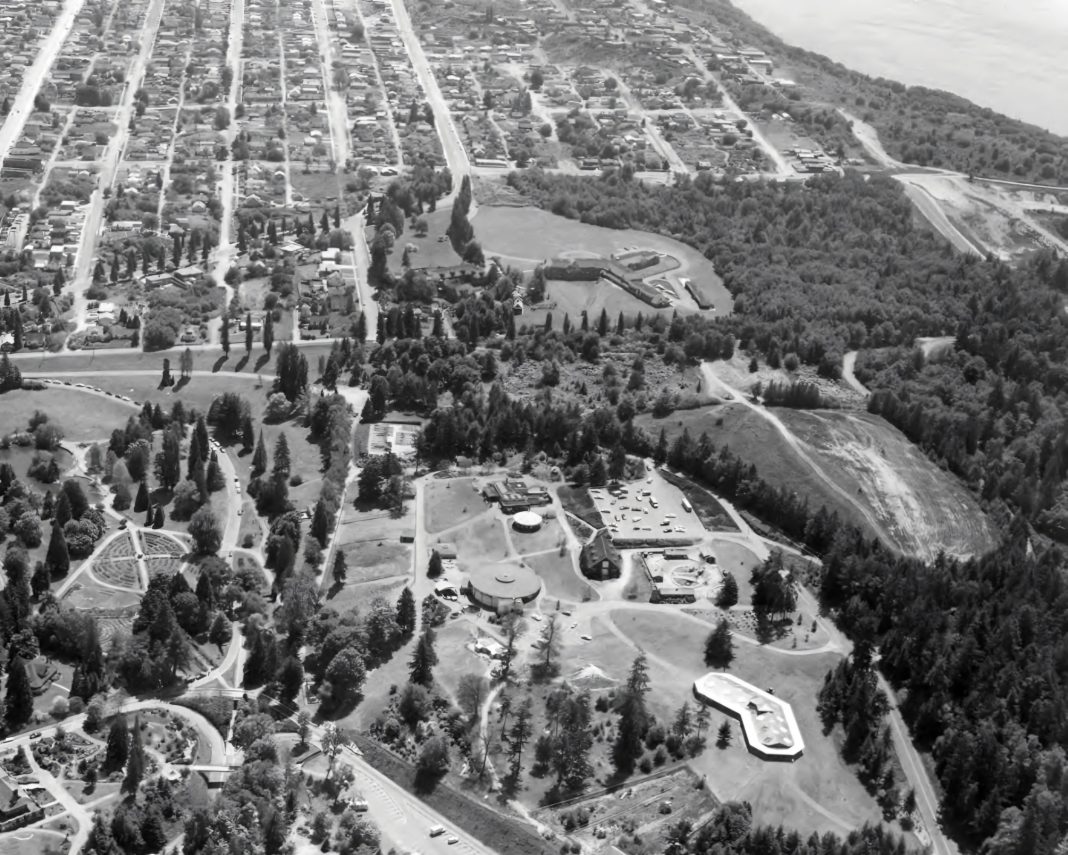Tacoma’s Point Defiance Park is where history, wilderness, and community collide. Once the sacred land of the Puyallup Tribe, the land became a military reservation in the 1840s before being later gifted to the city by President Theodore Roosevelt in 1905. Today, Point Defiance Park spans 760 acres, offering scenic trails, lush landscapes, and the renowned Point Defiance Zoo & Aquarium, the only combined zoo and aquarium in the Northwest. With over three million visitors annually, Point Defiance Park bridges the past and present, offering a diverse array of recreational and educational experiences.
Forever Wild: Point Defiance’s Untamed Journey Through Time
Point Defiance Park’s origins stretch back to the retreat of Ice Age glaciers, whose forces carved a peninsula bordered by the relentless tides of Puget Sound. Long before European explorers arrived, the Puyallup Tribe inhabited these shores, living in harmony with its dense forests and abundant marine life. The site’s modern identity emerged after the Wilkes Expedition in 1841, when Lieutenant Charles Wilkes noted its strategic potential for defense due to its commanding views of the Tacoma Narrows, dubbing the envisioned natural fortress “Point Defiance.”

Though designated a military reserve by President Andrew Johnson in 1866, the land sat untouched until Tacoma’s civic leaders campaigned to repurpose it. After overcoming President Cleveland’s veto in 1888, the city secured the site for a park, provided a streetcar line, and established a governance board. Early development focused on accessibility and rustic charm. The 1890 streetcar line spurred weekend crowds to picnic areas near the park’s entrance while workers carved trails into the old-growth interior. A log bridge, built in 1892, linked these spaces to the old-growth forests, though an earthen road later replaced it.
In 1898, construction was authorized for what was referred to as the Keeper’s Lodge to house the park’s first superintendent, Ebenezer R. Roberts and his family. The lodge would remain an official staff residence until 1980. Together, these projects transformed the once-quiet reserve into a dynamic space where Tacomans hiked, camped, and celebrated, a foundation for the zoo and aquarium that would later amplify its allure.
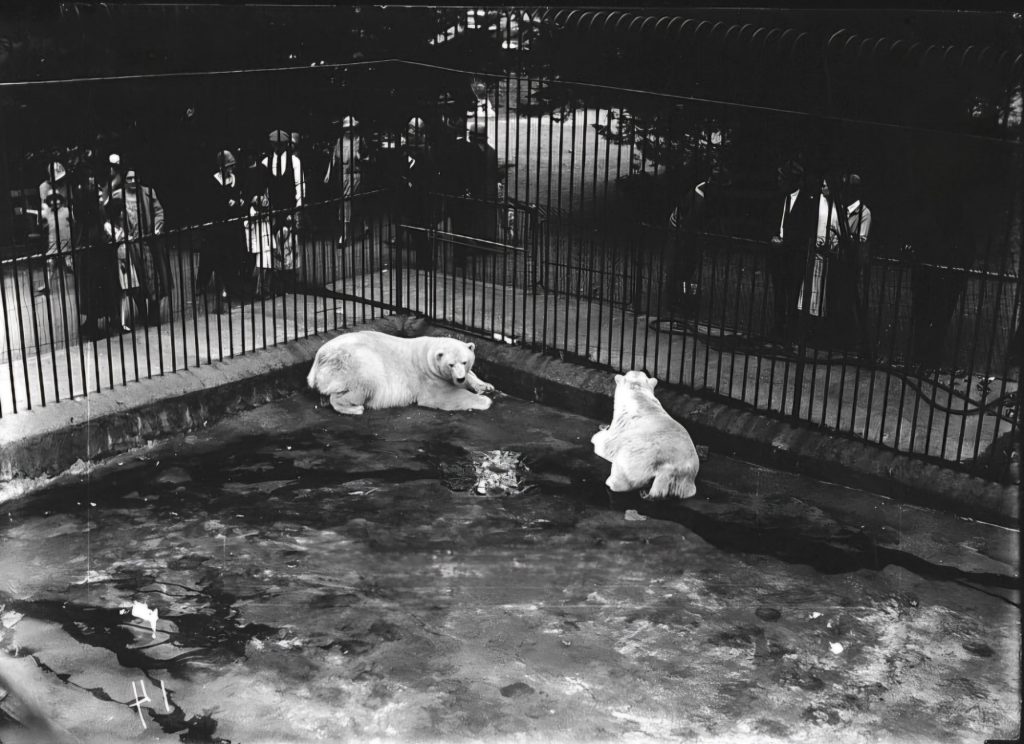
From Meager Menagerie to Modern Conservation: The Zoo’s Transformation
The early decades of Point Defiance Zoo reflected the ambitions and limitations of its time. Established in 1905 alongside the park’s official transfer to Tacoma, the zoo began with a small collection of native species featuring animals already emblematic of the Pacific Northwest, such as elk, bison, deer, and a black bear. Over the next two decades, exotic species like lions, monkeys, and kangaroos arrived, reflecting an era when zoos prioritized novelty over naturalism. By the 1940s, however, aging infrastructure and evolving public sentiment sparked a need for change. Updates included the addition of the Children’s Farm Zoo in 1959, a cooperative venture with the Future Farmers of America where urban youth were encouraged to interact with everyday farm animals.
But the zoo’s defining shift came in the 1970s as Tacoma’s community reimagined what a modern zoo could be. Decades of wear on Depression-era enclosures collided with a growing national movement toward animal welfare and ecological awareness. In 1977, voters approved a landmark $7 million bond measure to fund sweeping renovations. Cramped cages were replaced with expansive habitats designed to prioritize animal well-being, like the Arctic Tundra exhibit in 1981, which recreated Alaskan tundra for polar bears, and Rocky Shores in 1982, where harbor seals navigated saltwater pools echoing Puget Sound.
These changes not only modernized the zoo but also anchored its role in conservation. A pioneering red wolf breeding program, launched in 1969 as the species neared extinction, became a lifeline for the endangered animals, earning the zoo the prestigious Edward H. Bean Award in 1973 for reintroducing wolves to the wild. The momentum continued into the 21st century with the 2004 debut of the Asian Forest Sanctuary, where critically endangered Sumatran tigers and Malayan tapirs thrived in forested enclosures designed to mirror their natural habitats, a testament to Tacoma’s commitment to global preservation.

The Depths of Discovery at Point Defiance Aquarium
Point Defiance’s aquatic journey began modestly in 1933 with a “trail aquarium” showcasing local freshwater species. Three years later, the standalone waterfront aquarium opened as an Art Deco landmark, captivating visitors with hair seals, octopuses, and Dub Dub, a harbor seal whose bronze statue still greets guests today. Eventually, the aquarium would merge with the zoo in the 1960s, ushering in a new era with the addition of the North Pacific Aquarium in 1963, a dedicated space highlighting the cold, nutrient-rich waters of the Pacific Northwest. Exhibits like moon jelly displays and wolf eel habitats underscored the region’s marine biodiversity, while the creation of the South Pacific Aquarium, now the Tropical Reef Aquarium, in 1989 would bring tropical reefs to Tacoma, with vibrant coral and sea turtle displays.
Funds from the aforementioned voter-approved bond in 1977 further transformed the aquarium experience. These investments funded immersive touch tanks and tidal pools where visitors could gently handle sea stars, anemones, and other tidepool dwellers, fostering personal and literal hands-on connections to marine life. Meanwhile, behind the scenes, staff pioneered breeding programs for endangered local species like pinto abalone, quietly turning the aquarium into a lifeline for Puget Sound’s fragile ecosystems.
In 2018, the Pacific Seas Aquarium replaced its predecessor, the North Pacific Aquarium, offering state-of-the-art habitats for sharks, puffins, and sea otters while emphasizing urgent issues like plastic pollution. Today, the aquarium’s focus extends beyond wonder. It challenges visitors to see Puget Sound’s waters as a microcosm of global ecological crises, proving that conservation begins not oceans away but here, at home.
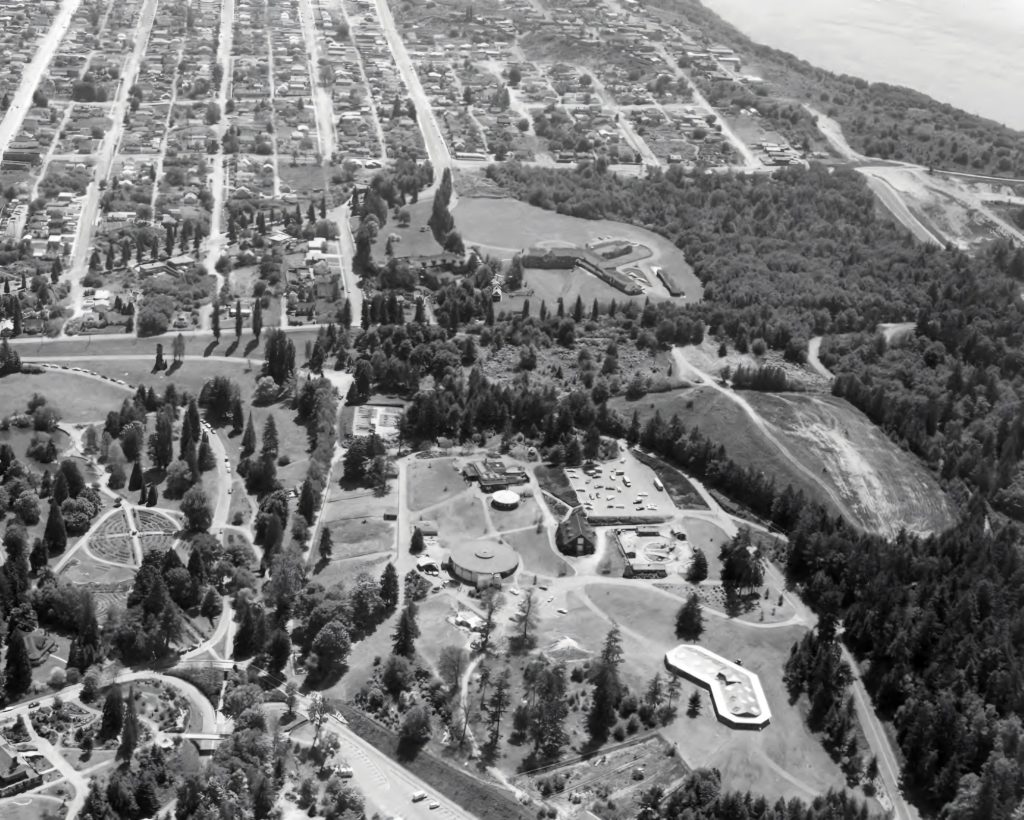
Point Defiance Zoo & Aquarium: A Legacy of Wild & Wonder
Point Defiance Park is more than just a place. It’s a reflection of Tacoma’s evolving relationship with nature, recreation, and conservation. From its roots as sacred tribal land to its transformation into a military reserve and eventually a public treasure, the park has always served as a mirror to societal values. Its journey, shaped by glaciers, streetcars, and civic visionaries, has created a space where wilderness and community coexist. Today, with its trails, gardens, zoo, aquarium, and more, Point Defiance continues to inspire awe, foster connection, and remind us of our responsibility to both the land and each other. This legacy will shape its future just as it has its past.

















